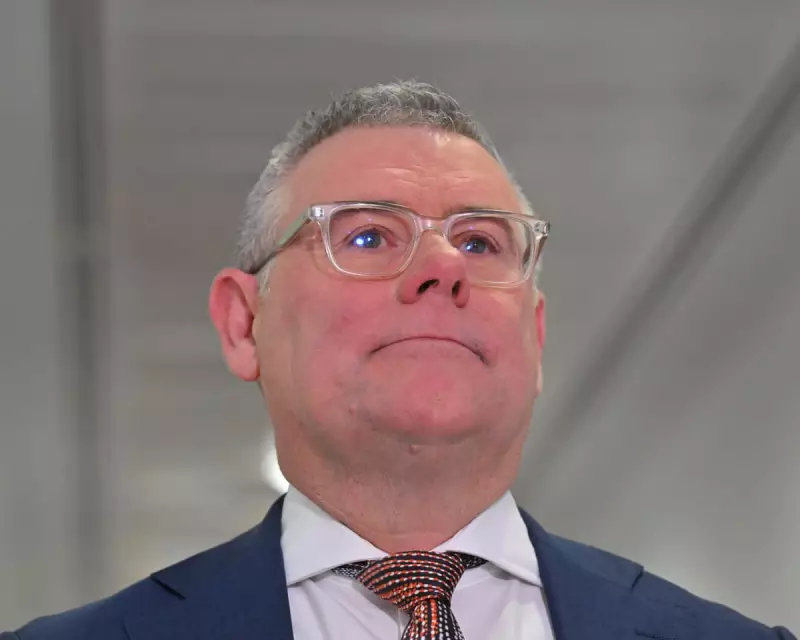
Australia's housing crisis has reached alarming new heights, with fresh data showing rental affordability has plummeted to its worst level in decades. The latest figures paint a grim picture for households across the nation, struggling under the weight of soaring living costs and economic uncertainty.
The Affordability Crunch
According to the most recent analysis, the average Australian household is now spending more than 30% of their income on housing costs – a critical threshold that signals severe financial stress. This represents the most unaffordable rental market since records began, pushing countless families to the brink.
Economic Pressures Mount
The situation has been exacerbated by multiple economic factors converging simultaneously:
- Rising interest rates continuing to put pressure on mortgage holders and renters alike
- Record-low vacancy rates across major cities and regional centres
- Stagnant wage growth failing to keep pace with housing cost increases
- Soaring living expenses from groceries to utilities compounding the financial strain
Regional Disparities Widen
While major cities like Sydney and Melbourne face extreme affordability challenges, the crisis has spread to regional areas that were once considered affordable alternatives. Popular coastal towns and commuter belts are now experiencing their own housing squeezes, leaving few escape routes for cost-burdened families.
Government Response Under Scrutiny
Policy makers are facing increasing pressure to address the systemic issues driving the housing crisis. Current measures include:
- Accelerated social housing construction programs
- First-home buyer incentives and support schemes
- Rental reform legislation to protect tenants' rights
- Tax incentives for build-to-rent developments
However, experts warn that without more comprehensive intervention, Australia's housing affordability crisis could deepen further, creating long-term social and economic consequences for generations to come.





